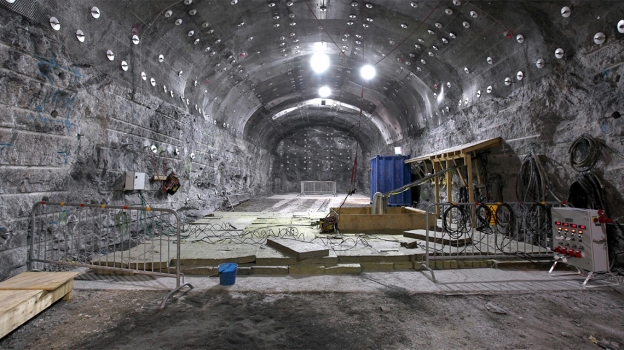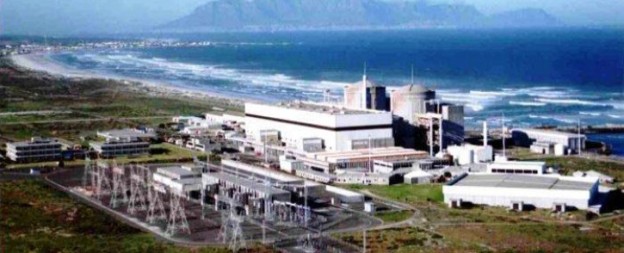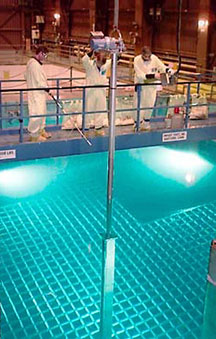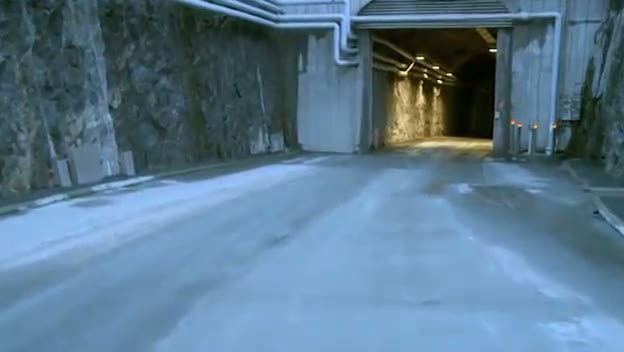The first nuclear burial site has been built in Finland, the Onkalo spent nuclear fuel repository]. Deep geological disposal of this sort is widely held to be the safest way to deal with the more than 260,000 tons of spent nuclear fuel which has accumulated in 33 countries since the first nuclear plants began churning out electricity in the mid-1950s, and the still large…. Spent fuel is a high-level nuclear waste. That means it is both physically hot (because of the energy released by radioactive decay) and metaphorically so—producing radiation of such intensity that it will kill a human being in short order. Yet unlike the most radioactive substances of all, which necessarily have short half-lives, spent fuel will remain hot for hundreds of thousands of years—as long, in fact, as Homo sapiens has walked Earth—before its radioactivity returns to roughly the same level as that of the ore it came from.
Once full, the waste repository will be backfilled with bentonite before their entrances are sealed with a reinforced-concrete cap. In 100 years’ time, Finland will fill the whole site in, remove all traces of buildings from the surface and hand responsibility over to the Finnish government. The thinking is that leaving no trace or indication of what lies below is preferable to signposting the repository for the curious to investigate.
[Unless someone decides to drill?]
Excerpt from Nuclear Waste: Oubliette, Economist, June 25, 2022




